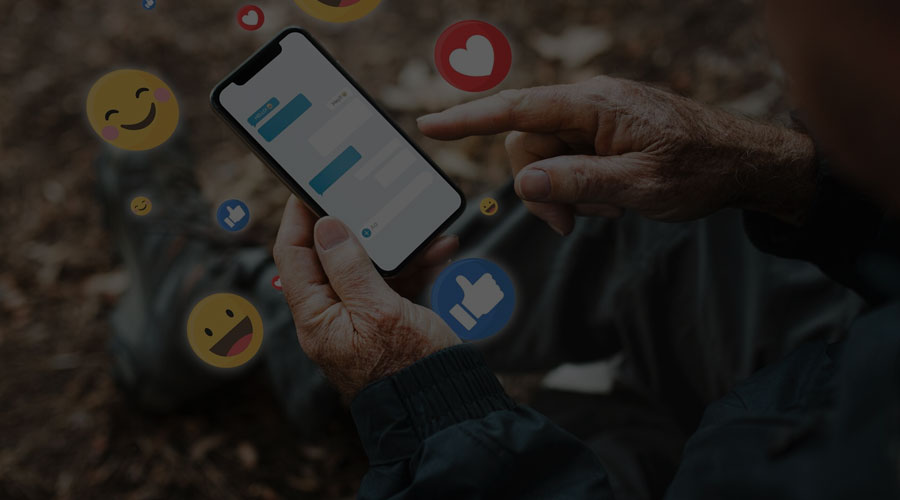The world of influencer marketing is transforming faster than ever in 2024. Brands are evolving their strategies, focusing on authenticity, technology, and targeting smaller, niche audiences for more impactful connections. Let’s break down the trends that are defining influencer marketing this year and what they mean for brands and influencers alike.
The Rise of LinkedIn for Influencers: B2B Influencer Marketing Goes Big
LinkedIn is breaking out of its traditional role as a purely professional network and is now a powerful platform for influencer marketing. In 2024, brands are increasingly turning to LinkedIn to collaborate with thought leaders and industry experts. For businesses aiming to establish credibility, LinkedIn influencers add a layer of authority that platforms like Instagram or TikTok can’t quite match. With the growing value of trust in business-to-business (B2B) relationships, expect to see LinkedIn influencers—especially those with industry-specific insights—taking on a bigger role.
Authenticity is Everything
In a world where 86% of consumers prioritize authenticity, brands can no longer afford to focus only on polished, commercial content. Followers today crave genuine voices, so influencers who share honest, relatable stories tend to perform better. This focus on authenticity means that influencers are encouraged to “be themselves” rather than presenting a heavily curated image. For brands, this shift is a reminder that overly controlled messaging can feel inauthentic and ultimately backfire.

User-Generated Content (UGC): The Trust Factor
An incredible 79% of marketers report that user-generated content outperforms branded content, making it one of the most effective tools in 2024’s influencer toolkit. UGC shows real people using products, which naturally builds trust. Brands are asking their influencer partners to encourage followers to share their own experiences with products. Not only does UGC drive engagement, but it also provides brands with a library of relatable content, saving on production costs while building credibility.
Micro- and Nano-Influencers Take Center Stage
The days of relying solely on mega-influencers are waning. Sixty percent of marketers plan to boost their investment in micro- and nano-influencers this year. These influencers—typically with follower counts ranging from a few thousand to around 50,000—are known for their higher engagement rates and more personalized connections with followers. Brands have realized that while these smaller influencers may reach fewer people, the impact they have is often stronger, leading to better conversions and brand loyalty.
Increased Budgets and Smarter Investments
As influencer marketing matures, budgets are increasing: 60% of brands intend to invest more in influencer marketing in 2024. This boost in budget reflects a shift from one-off collaborations to sustained, strategic partnerships that foster deeper brand-influencer alignment. With more brands seeing the long-term potential of influencer collaborations, there’s a clear opportunity for influencers who can commit to growing a brand relationship over time.
Performance-Based Partnerships Over Flat Fees
Performance-based partnerships are gaining traction as brands seek measurable outcomes. Instead of paying influencers a flat fee, 57% of marketers now prefer to tie compensation to performance metrics such as engagement, sales, or clicks. This approach benefits both brands and influencers: brands gain more reliable results, while influencers with high engagement levels can earn more.
AI and Machine Learning: The New Frontier in Influencer Campaigns
AI technology is shaping the influencer marketing landscape in powerful ways. Sixty-three percent of brands are planning to use AI and machine learning to execute influencer campaigns this year. AI-powered tools can analyze audience engagement, predict the best times for posting, and even suggest influencers who align well with brand values. By reducing guesswork, AI-driven campaigns help brands achieve more focused and effective outcomes.
Wrapping It Up
The influencer marketing world in 2024 is all about building real connections with audiences through authenticity, smarter spending, and innovative tech. By embracing platforms like LinkedIn, leveraging user-generated content, and focusing on micro- and nano-influencers, brands are finding new ways to create meaningful relationships with consumers. Influencer marketing continues to grow as an indispensable tool, and if brands stay flexible and authentic, they’ll see even greater returns.
Ready to adapt your marketing to these trends? Focus on partnerships that feel genuine, and don’t be afraid to leverage new technologies to make your campaigns more effective.

